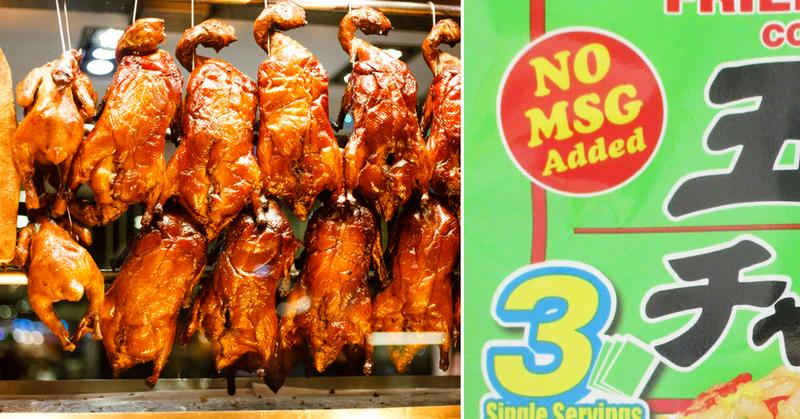MSG Isn't Bad For You: How A Groovy-Era Myth Started
By | August 15, 2019

MSG is found in: Doritos, Campbell's chicken noodle soup, KFC, Chick-Fil-A's famous chicken sandwich, Pringles, and a lot of sauces commonly used in every household.
The "No MSG" label, indicating that food doesn't have monosodium glutamate, is a common sight on food packaging and restaurant signs and menus. It purports to save us from this mysterious substance -- but hysteria over MSG is based on a misconception from 1968.
Monosodium glutamate, one of the great villains in the food additive industry, is one of the ingredients that people scan lists of ingredients to avoid, concerned about a syndrome that it reportedly causes. It is the sodium salt variant of glutamate. To get the glutamate found in MSG, you must ferment starches. The glutamate found in MSG is chemically the same as that which is found in nature. The major difference is that the glutamate in MSG is not bound in large molecules that the body must break down, so it is easier to absorb.
Glutamate, also called glutamic acid, is one of the most abundant amino acids in nature. It is what is considered a nonessential amino acid, which means that the body can produce it on its own. It plays an important role as a neurotransmitter as well, helping the neurons in the brain to communicate.
The Discovery Of MSG

In the early 20th century, a Japanese scientist first distilled MSG from seaweed and discovered its potential. He stabilized it by mixing it with salt and water. It is white powdery substance, kind of like sugar. Unlike sugar though, MSG has no taste on its own. Instead, when it is added to food, it enhances the foods umami taste, or savoriness, which is why it was added to Chinese food for years.
The Forces Behind A Myth

With the publication of Rachel Carson’s Silent Spring as well as bans on chemical sweeteners, the public was becoming increasingly wary of chemical additives in food.
On April 4, 1968, a biomedical researcher named Robert Ho Man Kwok wrote a letter about a strange illness that he seemed to contract after eating Chinese food containing MSG. He complained of pain, weakness, and heart palpitations. Or so the story goes. There is part of the story that is rarely told: Robert Ho Man Kwok never actually existed. His letter was written by s surgeon named Dr. Howard Steel, who wrote it after a bet with another surgeon. He concocted the name, assuming that people would realize the hoax based on the name alone. However, Kwok’s writing made it to the New England Journal of Medicine and research began. Newspapers published articles about the dangers of MSG, inflaming the public. 60 Minutes even aired an investigative report into the additive.
There may have been an additional reasons for the anti-MSG movement: a fear of the dangers of Asian food and the growing skepticism about corporations.
A Hoax Leads To Flawed Studies And A Pervasive Myth

The early studies of MSG were flawed. In the studies, people were aware that they were consuming MSG and bias may have led them to claim a reaction to the compound. Later studies found that even the people who claimed to have an MSG sensitivity did not react to MSG if they consumed it unknowingly. That is not to say that people did not have physical reactions after eating Chinese food, but those reactions may have been induced by other causes, including excess salt or alcohol.
The Truth Doesn’t Digest Easily

Subsequent studies which have been deemed sound have touted the safety of MSG, but consumers cling tightly to the mythology and 50 years after Kwok’s claims of Chinese food sickness, 4 in 10 Americans still avoid the additive. One possible cause for this is that people disbelieve scientific evidence when it contradicts their own personal experience. While there are people who are genuinely sensitive to MSG, they are relatively rare. And the general public which has embraced labeling menu items as “No MSG,” is probably unaware that glutamate, MSG’s sibling is found naturally not only in foods as common as parmesan cheese, tomatoes, and walnuts, but is also in the human body.
